Develop A Healthy Habit This Month
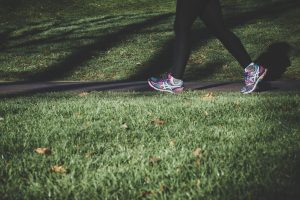 Change doesn’t often occur overnight. It comes in small changes that you make consistently. If you look at the person you are today, you’re quite different from the person you were several years ago. If you want to make a real difference in your health, you have to keep that in mind. Making a lot of changes at once is tough, but making one smaller change is far easier. If you develop a healthy habit today and stick with it for a couple of months, it truly becomes part of your nature. Do that every few months and before you know it, you’ll be fit, healthy and happy.
Change doesn’t often occur overnight. It comes in small changes that you make consistently. If you look at the person you are today, you’re quite different from the person you were several years ago. If you want to make a real difference in your health, you have to keep that in mind. Making a lot of changes at once is tough, but making one smaller change is far easier. If you develop a healthy habit today and stick with it for a couple of months, it truly becomes part of your nature. Do that every few months and before you know it, you’ll be fit, healthy and happy.
Start by cutting out sugar and food with refined flour.
Sugar is one of the hardest things to give up and so are products from refined flour. It literally means you wipe out choices that could fill several grocery aisles. One reason sugar is so tough to quit is that it’s addictive. It stimulates the same opioid receptors as drugs do. Switch to fresh fruit to replace those snack cakes and whole wheat bread for white bread. It’s a small but super tough change, but you can do it.
Build on that change by switching to a healthier diet that doesn’t contain processed food at all.
You don’t have to spend a lot or eat only organic fresh fruits and vegetables to do this. You can use frozen vegetables, too. While you’re making this change, also try to get more activity in every day, especially if you’re out of shape. Walk more, take the stairs, get up and move around at least once an hour. Build on that until you take a half hour walk every day.
Add to that walking with a program of regular exercise.
If you were already in shape, walking wasn’t nearly as important as it was for those who were complete couch potatoes. Now you need to build on that improved fitness by starting a workout program. If you have access to a personal trainer, go for it. Trainers not only can build a workout program that’s designed specifically for your fitness levels and goals, but also be a powerful motivator to go to the gym.
- Check out your sleep habits. Getting adequate sleep is important for your health and for weight loss. Too little sleep boosts the production of the hunger hormone and diminishes the satiety hormone. Set a bedtime and wake up time you stick with even on weekends.
- Drink plenty of water. You need eight 8-oz glasses of water every day to be your best. Mild dehydration can disguise itself as hunger, make you feel tired and make you look older.
- Take time to relax and meditate or time to give thanks. An attitude of gratitude for all you have, puts things into perspective. All these things can help relieve stress, which is bad for your health.
- Be social and smile more. Studies show that people who have a satisfying social life live longer and those that smile or laugh more frequently do too.
For more information, contact us today at LIV Fitness

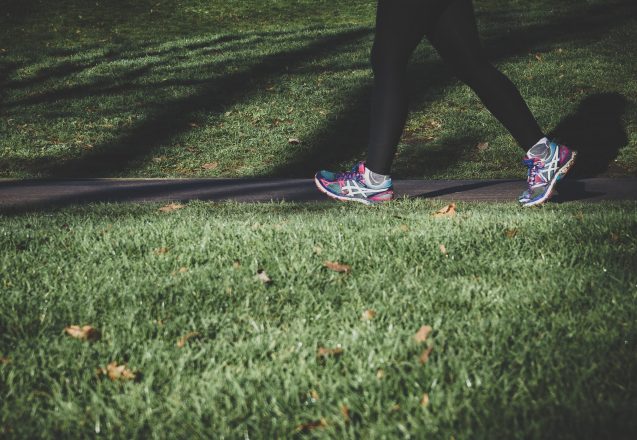

 If you sat at home munching on bon bons and binge watching Netflix, just to realize that in a few weeks you’ll be going back outside and even to the beach, it’s time to start to get ready for summer/ While it’s already here, it’s not too late to salvage some of the fun in the sun. There’s still a few months of beautiful weather and you could look and feel fabulous to end the season in glory.
If you sat at home munching on bon bons and binge watching Netflix, just to realize that in a few weeks you’ll be going back outside and even to the beach, it’s time to start to get ready for summer/ While it’s already here, it’s not too late to salvage some of the fun in the sun. There’s still a few months of beautiful weather and you could look and feel fabulous to end the season in glory.
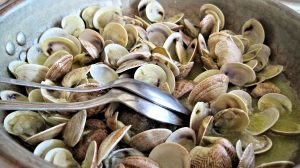 Cobalamin—vitamin B12—is important for all cells in the body. It helps make the genetic material in each and every cell, so imperative for all functions, too. Megaloblastic anemia, which creates weakness and exhaustion, is prevented by adequate Vitamin B12. The body absorbs this vitamin through natural sources of B12, such as animal products, like fish, eggs, poultry, milk products and while not present in plant based food, it is supplemented in fortified breakfast cereal and nutritional yeast products.
Cobalamin—vitamin B12—is important for all cells in the body. It helps make the genetic material in each and every cell, so imperative for all functions, too. Megaloblastic anemia, which creates weakness and exhaustion, is prevented by adequate Vitamin B12. The body absorbs this vitamin through natural sources of B12, such as animal products, like fish, eggs, poultry, milk products and while not present in plant based food, it is supplemented in fortified breakfast cereal and nutritional yeast products.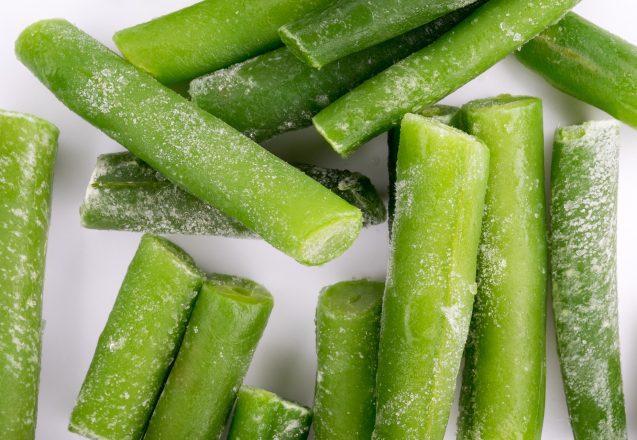
 The recent outbreak left many people in a tizzy. Not only did they have to stay home, their budget was cut in half or worse. A lot of people Dublin, CA, and around the world wanted to cut their budget, while stocking up and ensuring they had plenty of food in the house, just in case. I got a lot of questions on whether frozen food was actually healthy. There’s good news and bad news. If you’re talking about poppers, fried chicken TV dinners and pizza rolls, the answer is absolutely NO. They’re the epitome of processed food. However, as far as frozen fruit and vegetables, they may be even healthier than the fresh type at the store.
The recent outbreak left many people in a tizzy. Not only did they have to stay home, their budget was cut in half or worse. A lot of people Dublin, CA, and around the world wanted to cut their budget, while stocking up and ensuring they had plenty of food in the house, just in case. I got a lot of questions on whether frozen food was actually healthy. There’s good news and bad news. If you’re talking about poppers, fried chicken TV dinners and pizza rolls, the answer is absolutely NO. They’re the epitome of processed food. However, as far as frozen fruit and vegetables, they may be even healthier than the fresh type at the store.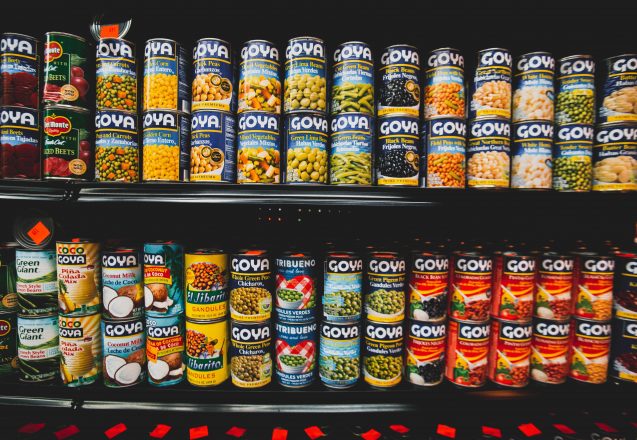
 Some people think all processed food, including canned fruit and vegetables are unhealthy. That’s just not true. While some canned vegetables lose nutrients in the process of canning, while others have added sugar or salt, there are vegetables that make a healthy addition to your diet that also can save your budget. What is the healthiest canned vegetable? That varies by who you talk to, but there are some top ones that are on everyone’s list.
Some people think all processed food, including canned fruit and vegetables are unhealthy. That’s just not true. While some canned vegetables lose nutrients in the process of canning, while others have added sugar or salt, there are vegetables that make a healthy addition to your diet that also can save your budget. What is the healthiest canned vegetable? That varies by who you talk to, but there are some top ones that are on everyone’s list.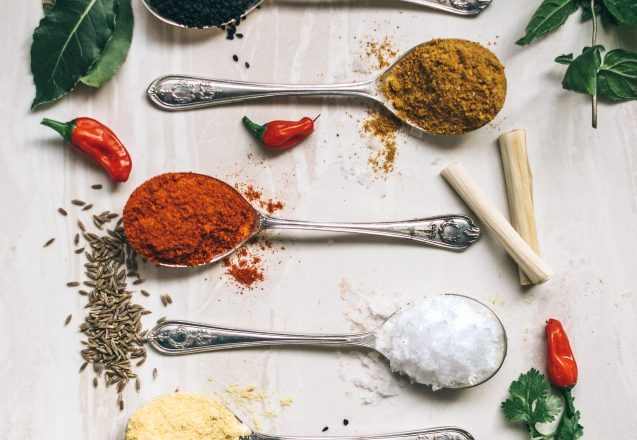
 Whether you live in Dublin, CA or any other part of the nation, you could be one of the 67 million people that have high blood pressure. It’s not easy to eliminate salt from your diet. It’s not just the salt you add at the table, processed food also contains high amounts of salt. You first have to eliminate processed food from your diet and then use spices to replace high sodium salt. It’s not easy, but it’s worth it. There are even some very good salt substitutes that contain no sodium and are made from herbs and spices.
Whether you live in Dublin, CA or any other part of the nation, you could be one of the 67 million people that have high blood pressure. It’s not easy to eliminate salt from your diet. It’s not just the salt you add at the table, processed food also contains high amounts of salt. You first have to eliminate processed food from your diet and then use spices to replace high sodium salt. It’s not easy, but it’s worth it. There are even some very good salt substitutes that contain no sodium and are made from herbs and spices.
 While it’s been around for thousands of years, Kombucha has made a resurgence. Drinking kombucha started in China 2,000 years ago and then spread to Russia and Japan. It’s made from a SCOBY—Symbiotic Culture Of Bacteria and Yeast, tea and sugar. Then it’s fermented by setting it aside for a week and changes from a sweet tea to a fizzy, tangy tasting one. There’s a “mushroom” growing on the surface that’s rubbery. The longer you brew it, the more the culture uses the sugar for food, until eventually, it becomes a vinegar. It’s much like the fermentation process of kimchi, yogurt, sauerkraut or beer.
While it’s been around for thousands of years, Kombucha has made a resurgence. Drinking kombucha started in China 2,000 years ago and then spread to Russia and Japan. It’s made from a SCOBY—Symbiotic Culture Of Bacteria and Yeast, tea and sugar. Then it’s fermented by setting it aside for a week and changes from a sweet tea to a fizzy, tangy tasting one. There’s a “mushroom” growing on the surface that’s rubbery. The longer you brew it, the more the culture uses the sugar for food, until eventually, it becomes a vinegar. It’s much like the fermentation process of kimchi, yogurt, sauerkraut or beer.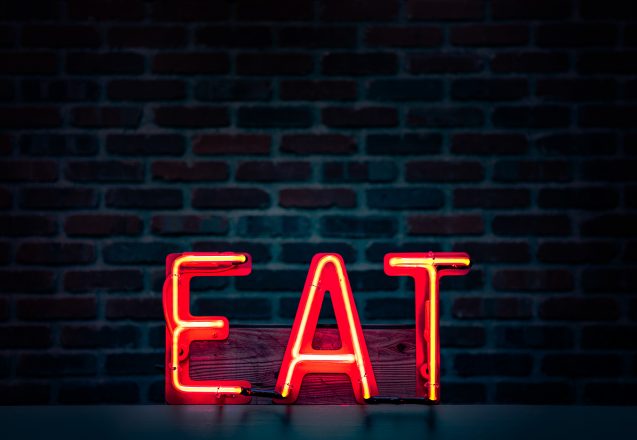
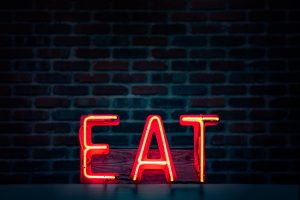 If you’ve heard eating late at night will make you fat and believe it occurs because of the time of day, you’d be wrong. A calorie is a calorie, no matter when you eat it. No matter what time of day you eat, it takes 3500 calories to add a pound, so if there’s more to it than just when you eat. It’s all about what you eat and how much. One study following 1600 children showed there was no link between excess weight and eating the last meal of the day after 8 PM. Other studies on adults showed that of the smaller sampling of 52 adults, those that ate later often ate more calories than those who quit eating earlier.
If you’ve heard eating late at night will make you fat and believe it occurs because of the time of day, you’d be wrong. A calorie is a calorie, no matter when you eat it. No matter what time of day you eat, it takes 3500 calories to add a pound, so if there’s more to it than just when you eat. It’s all about what you eat and how much. One study following 1600 children showed there was no link between excess weight and eating the last meal of the day after 8 PM. Other studies on adults showed that of the smaller sampling of 52 adults, those that ate later often ate more calories than those who quit eating earlier.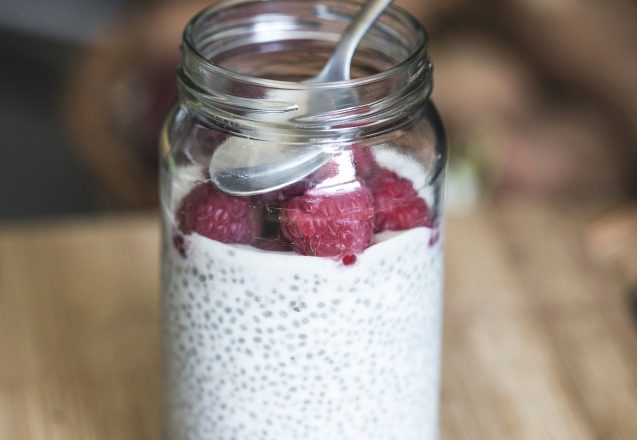
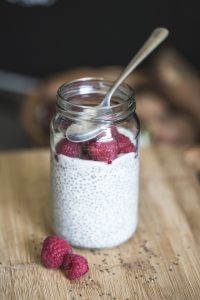 Do you hate the fact that your middle is making you look more like an apple than that thin person you used to be. Consider using chia seeds reduce belly fat. There’s a lot of reasons it can help, but the first is that when added to food, chia seeds add fiber. Fiber fills you up and keeps you feeling satisfied longer. That makes eating fewer calories and losing weight easier. Just adding two tablespoons of chia seeds gives you 10 grams of fiber and they’re tasteless, so you can add them to anything.
Do you hate the fact that your middle is making you look more like an apple than that thin person you used to be. Consider using chia seeds reduce belly fat. There’s a lot of reasons it can help, but the first is that when added to food, chia seeds add fiber. Fiber fills you up and keeps you feeling satisfied longer. That makes eating fewer calories and losing weight easier. Just adding two tablespoons of chia seeds gives you 10 grams of fiber and they’re tasteless, so you can add them to anything.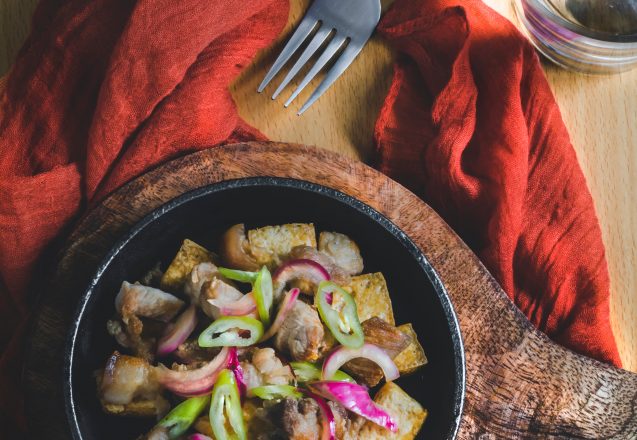
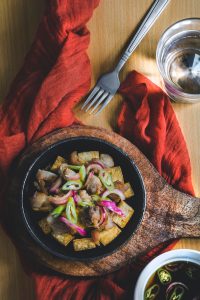 You might not think that a one dish meal could have all the nutrients you need, but maybe you’ve never tried a Buddha bowl. Here in Dublin, CA you can buy them from a retail business and even have them delivered to your home. They’re called by many names but they’re one-dish meals that include roasted vegetables, greens, a protein—whether beans, meat, tofu, lentils or fish—and a whole grain or rice. More recently, they’ve been associated with a vegetarian style meal. The key is that they contain a healthy balanced combination of all the nutrients you need during the day.
You might not think that a one dish meal could have all the nutrients you need, but maybe you’ve never tried a Buddha bowl. Here in Dublin, CA you can buy them from a retail business and even have them delivered to your home. They’re called by many names but they’re one-dish meals that include roasted vegetables, greens, a protein—whether beans, meat, tofu, lentils or fish—and a whole grain or rice. More recently, they’ve been associated with a vegetarian style meal. The key is that they contain a healthy balanced combination of all the nutrients you need during the day.